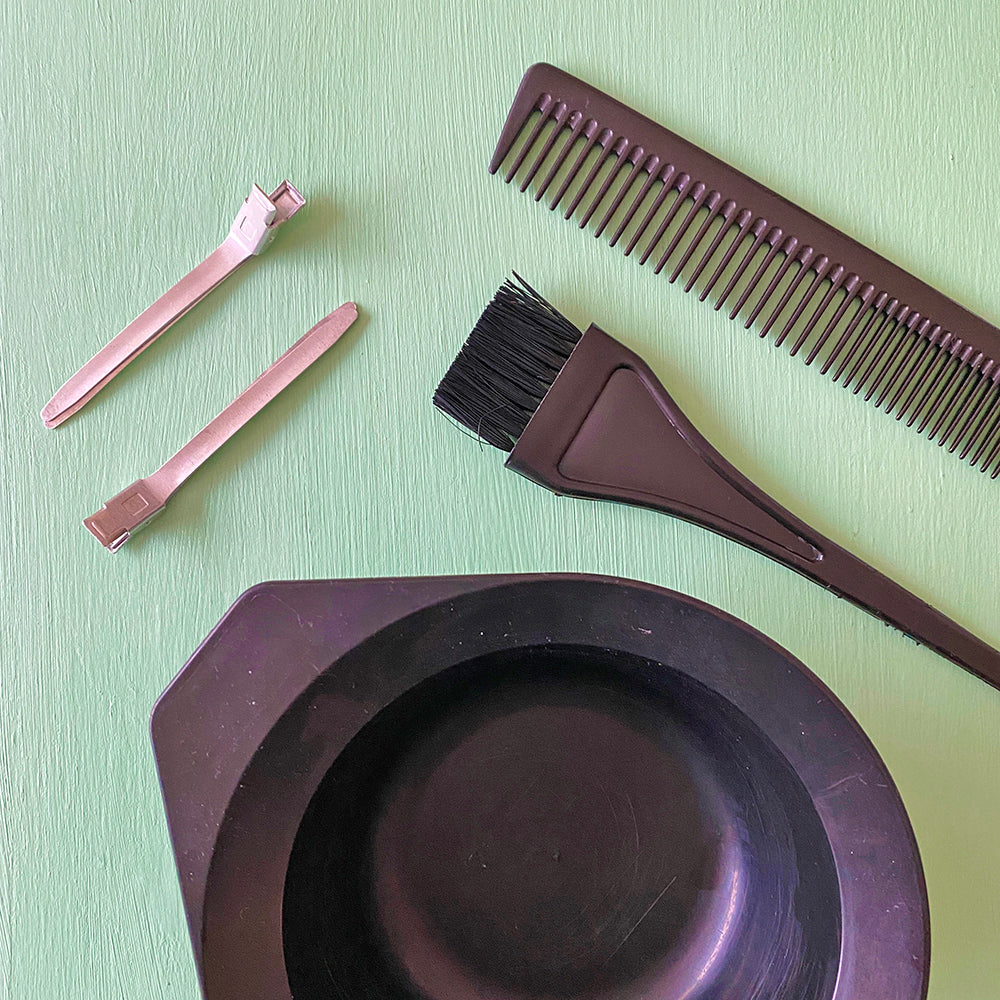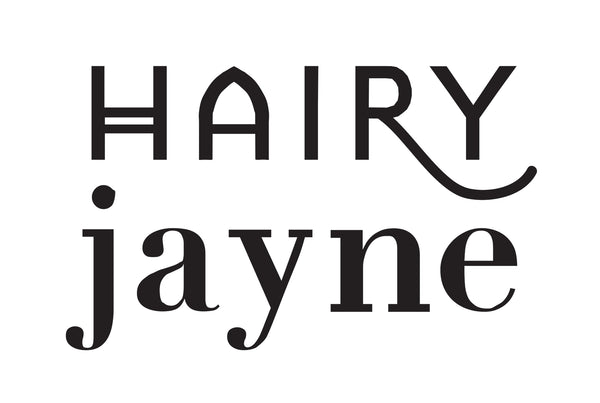
A hairdressers top tips for keeping coloured hair healthy, shiny and fresh
So you’ve bitten the bullet and either gone to get a new hair colour done in a salon, or reached for the bottle and done it yourself. Now you’d like it to stay just like that, maybe let it fade a tiny bit for a bit more of a lived-in look, but essentially you’re happy with it and you’d really like to keep it that way with some solid, professional hair care tips.

No matter which colour process you’ve opted for, whether a natural henna based product or a full head of bleach and rainbow colours, your hair will have incurred some damage that will show up over time. It can’t be helped.
Because, simply put, in order to colour your hair some mechanical manipulation of the hair cuticle (outer layer) was needed. This allows the colour molecules to be deposited into the hair strands, but unfortunately, to some extent, it does compromise the condition of the cuticle. Luckily the right hair care products can help.

Basically, in order to have healthy hair that looks shiny, looking after the hair cuticle is key. It needs to be ever so slightly raised but essentially laying pretty flat. When it’s flat, light reflects off of it nicely (making it shiny) and the hair strands are smoother which feels nice and means less tangles. (If it’s too flat though, conditioners and moisture find it hard to get in at all, which is why it’s good if it’s raised ever so slightly).
Know your hair colourants and how they work
There are 3 main types of hair colourants, going from ok to worst in order of hair damage – semi permanent, permanent and bleach.
Semi permanent colours
Semi permanent colours only sit on top of or just underneath the hair cuticle. Which means they don’t last as long because the colour molecules are more easily washed away. Demi colours, vegetable dyes and toners all fall into this category. Because they tend to sit on top of the hair, they do smooth the hair strand somewhat, which adds lovely shine.

Permanent hair colours
Permanent colours (mostly called ‘tints’) are mixed with stronger peroxide than semi permanent colours are. Peroxide opens the hair cuticle up in order to deposit the colour right in. Although ‘permanent’ hair colours will fade slightly over time due to washing, it will take much longer to do so.
Also, because of the presence of the peroxide, when the colour does fade, your hair will be at least a shade lighter than your natural hair colour. If the strongest peroxide is used, the hairdresser might call your permanent colour a ‘high lift’ tint or ‘highlights’ as it’ll lift your natural hair colour by several shades.
Hair bleach
Bleach is the most damaging of the hair colourants. It works by lifting the cuticle and going right inside the hair to totally remove hair colour molecules. By doing so, it breaks bonds and messes with the structure of the hair strand. Which is why bleached hair can be so prone to breaking off. Hair that has been lightened by bleach will always go red, then orange, then yellow, depending on how long the bleach is active for and the original hair colour. Bleach alone will never lift to white by itself, the lightest it’ll ever get to is pale yellow, which is why a toner is always needed afterwards.
Knowing a bit about the colour wheel will help you understand hair colouring
The hairdressers colour wheel shows how certain colours can be neutralised. Which is very handy if you’ve been dying your hair pink and you’d like to get rid of any residual colour, or if your blonde hair is suddenly looking quite brassy.

Whichever colour you’re trying neutralise, you need to use the opposite colour on the colour wheel. Which is why purple shampoos, also called silver shampoos, work so well at neutralising yellow tones in white or blonde hair.
When hair is dyed black over blonde shades it can develop a slight green tinge, so using a red coloured shampoo or even a red semi permanent colour will even that out.
Make the colour last and improve the condition with these hair care tips:
1. Wash your hair *only* when you really need to (includes rinsing)
Every time you wash your hair you will lose a tiny bit of colour as water slightly lifts the cuticle. So it’s best to try and get away with not washing or even rinsing your hair for as long as you can bear it. Experiment with wearing your hair up if it’s long enough, and use a Dry Shampoo in the roots and a Hairy Jayne Hair Perfume in the ends.
2. Use a sulphate free shampoo that’s pH balanced to keep the colour longer
Sulphate free shampoos have milder detergents than other shampoos on the market, so they won’t strip the colour out so fast. A sulphate free shampoo that’s pH balanced is even better as it keeps the cuticle neutral. Hair has a slightly acidic pH of around 4.5-5.5 so using a shampoo with a similar pH won’t disturb the cuticle.

3. Mix up your own coloured refillable shampoo or conditioner to keep your hair toned
If wetting your hair and using shampoo fades the colour, adding some colour into your refillable shampoo will counteract it. There are pre-coloured shampoos on the market, but if you already love using our natural, vegan, refillable shampoo (that’s sulphate free) there is a way to make your own DIY coloured shampoo.
You can now buy non-permanent concentrated hair dye pigments, or colour drops, to mix into your shampoo and conditioner.

I personally use Shrine Drops for my DIY coloured shampoo, as the product comes in a glass bottle rather than plastic. You can mix the the colour up as pale or strong as you wish, depending on how many colour drops you use.
I prefer to use them in my shampoo as well as my conditioner as I find it easier to work shampoo right through my hair and leave on for a few minutes in the shower. When you mix them into your conditioner it does need to be applied in sections (like a hair colourant) to shampooed hair in order to get an even coverage.
4. Use a weekly intensive leave-in treatment that has protein in it
Protein is a great hair care ingredient for counteracting any damage. A good moisture-protein balance is important for healthy hair as protein helps to keep in the moisture, preventing dryness. Our Treatment Conditioner has wheat protein in it as well as moisture boosting ingredients like sorbitol and panthenol, so it’s a great choice for a weekly treatment. Leave it in for 20 minutes or more to get the maximum level of conditioning.
5. Air dry your hair and use straighteners or tongs with a heat protector for styling
Air drying your hair, or using a Quick Dry Hair Towel wrap, and then only using heated styling tools (if necessary) will minimise any further coloured hair damage. This technique means that the heat, which causes hair damage, is on your hair for a much shorter period of time. When used correctly, heated styling tools do smooth the hair’s cuticle as they travel down the hair, which (temporarily) seals it. Always use a heat protector first to create a barrier between the heat and the hair.
6. Try a semi permanent colour when the original colour fades
If you’ve had a permanent tint and the colour has started to fade, sometimes the hair damage becomes more visually obvious. The hair looks and feels a little rough, possibly a bit frizzy too. Having a semi permanent colour between tints or highlights can add a bit of gloss back into the hair. And can act as a toner if the colour has faded to a brassy or unwanted tone. A semi permanent colour won’t colour the roots as well, but it does buy a bit of time between peroxide-heavier processes to give your hair a bit of a break.

These tips will help you get the most out of your hair colour and keep it looking fresh for longer. Keeping it in the best condition it can be in will mean having to colour it less often, too.
For more hair care tips and information about what to use to look after your hair, follow Hairy Jayne on Instagram and Pinterest.
